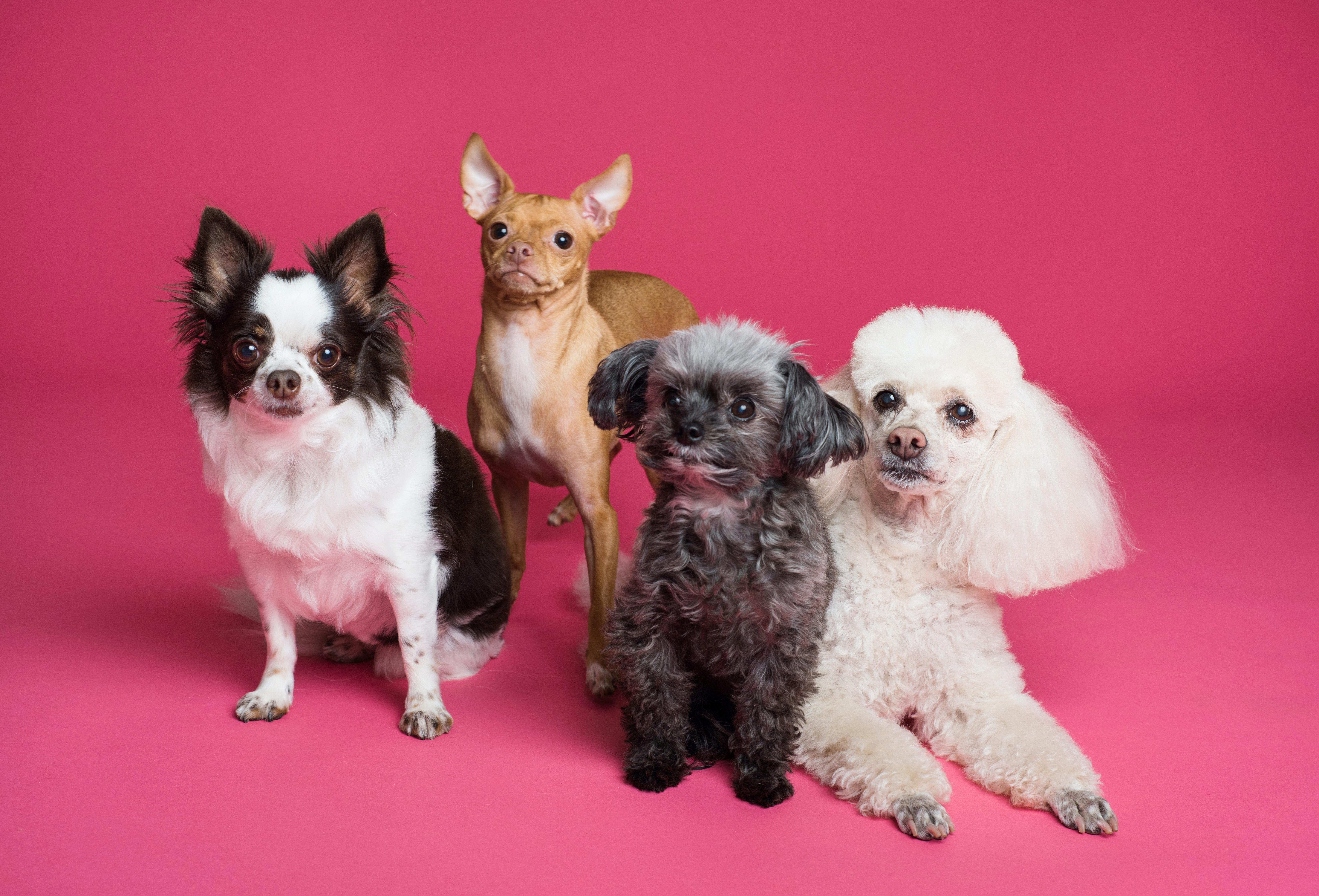
A lot of people don’t realize that the breeds of dogs we know today have a long and storied history of being associated with different countries and regions. From the ancient Egyptians to the Chinese imperial court, certain breeds of dogs have been prized and bred in different regions for centuries. In this blog post, we’ll explore how and why certain breeds of dogs have become associated with certain countries and regions. We’ll also take a look into the fascinating stories of how some of these breeds became so closely linked with their countries of origin. So, strap in and join us as we take a historical look at how breeds became associated with different countries and regions!
In the world of canine breeds, many are associated with certain countries or regions. From German Shepherds to Irish Setters, the history of these breeds and how they became affiliated with their respective countries or regions is an interesting one. This article takes a look at the history of how breeds became associated with different countries and regions, offering insights into the development of these beloved animals.
The earliest known purebred dogs were bred in Asia and the Middle East, with the earliest known breed being the Saluki, a breed that originated in Egypt and was used as a hunting dog by pharaohs. These dogs were bred for a specific purpose and were selectively bred over time to enhance certain traits, such as speed and agility.
By the 1600s, these original breeds had been exported to Europe, where they were further bred and developed. In the 1700s and 1800s, many of these breeds had become established in the countries in which they were bred and began to be associated with those countries. For example, the German Shepherd was developed in Germany, and the Bullmastiff was developed in England.
In the 1800s, as more breeds came to be recognized, they began to be categorized by country or region. This categorization was based on the characteristics of the breed, such as coat color, size, and temperament. For example, the Newfoundland was recognized as a large working breed and was therefore associated with Canada. Similarly, the Beagle was associated with England due to its smaller size and hunting ability.
In the early 1900s, the first official breed registries were established in Europe, which helped to further distinguish and categorize breeds. For example, the Kennel Club in England was established in 1873 and focused on the breeding of purebred dogs, which helped to further differentiate breeds by country. This helped to further popularize breeds, such as the Labrador Retriever, which was recognized as a British breed in the early 1900s.
By the mid-1900s, the development of purebred dogs had become a worldwide phenomenon, with many countries developing their own unique breeds. In the United States, for example, the American Kennel Club was established in 1884 and is responsible for the recognition and registration of over 160 different breeds. This helped to further increase the popularity of specific breeds, such as the American Pit Bull Terrier, which is associated with the United States.
In conclusion, the history of how breeds became associated with different countries and regions is a complex one. From the earliest known breeds in Asia and the Middle East to the development of purebred dogs in Europe and the United States, many breeds have become associated with certain countries or regions due to their specific characteristics and the development of official breed registries. This article has offered an overview of this fascinating history and the development of certain breeds over time.
From the ancient Molossus used by Alexander the Great to the modern Great Dane of Germany, a historical look at how breeds became associated with different countries and regions reveals a fascinating journey of canine evolution. The stories of these breeds provide a unique insight into the history of each region which have shaped the breeds we know and love today. We must continue to cherish and respect the diversity of these breeds and the national pride they represent. In doing so, we honor the long and proud history of these breeds that have been a part of our lives for centuries.
Please follow us on Social Media


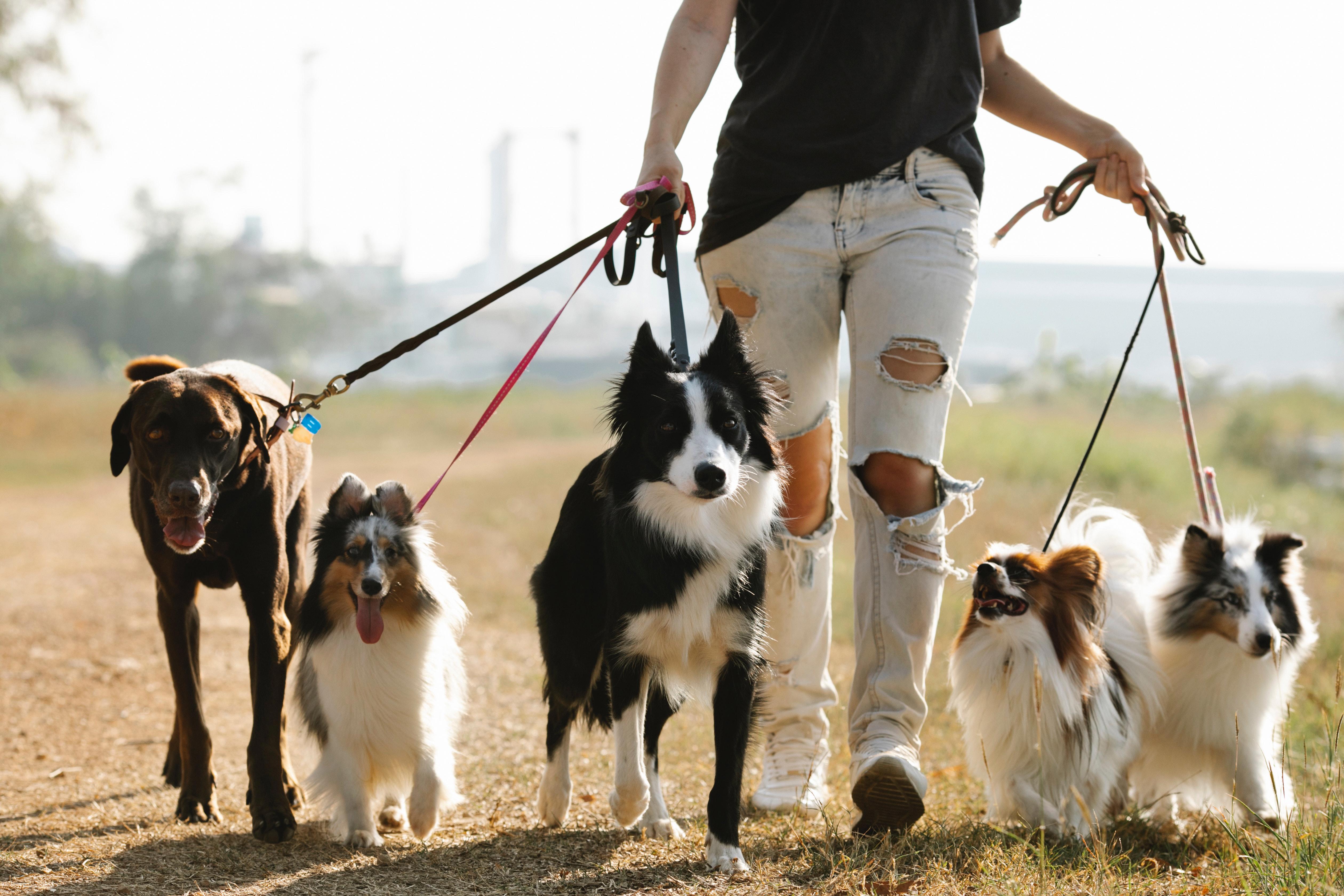
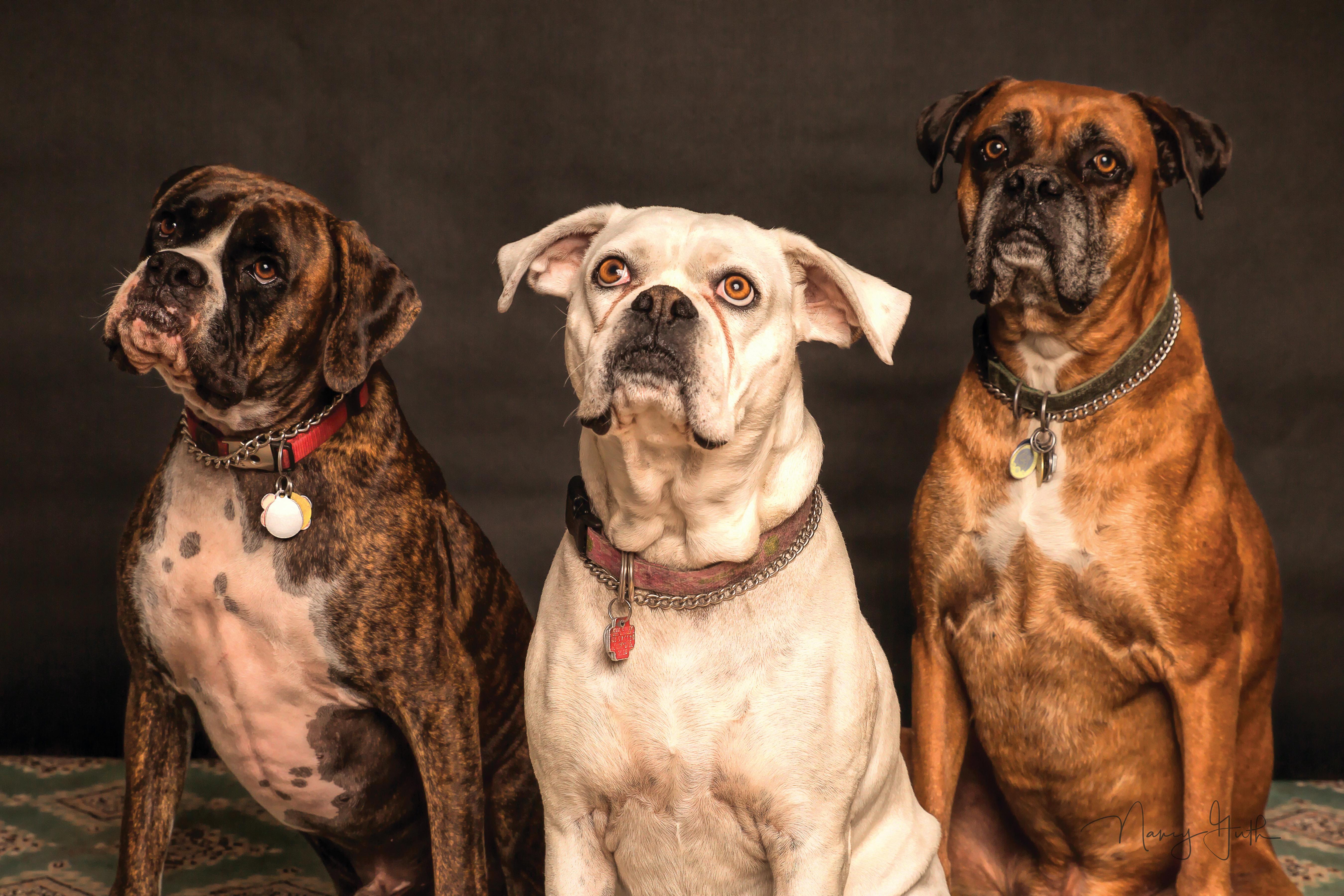

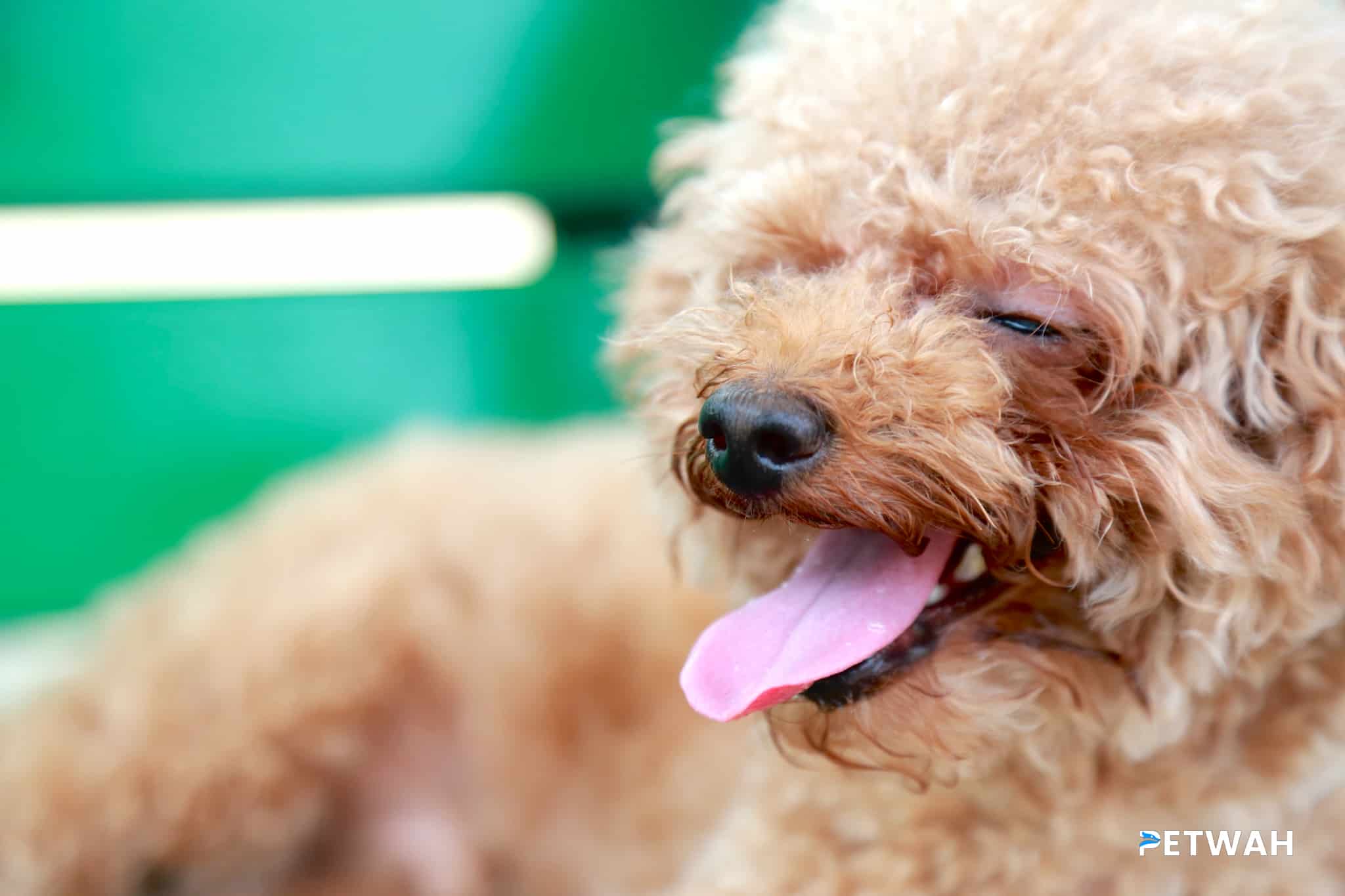
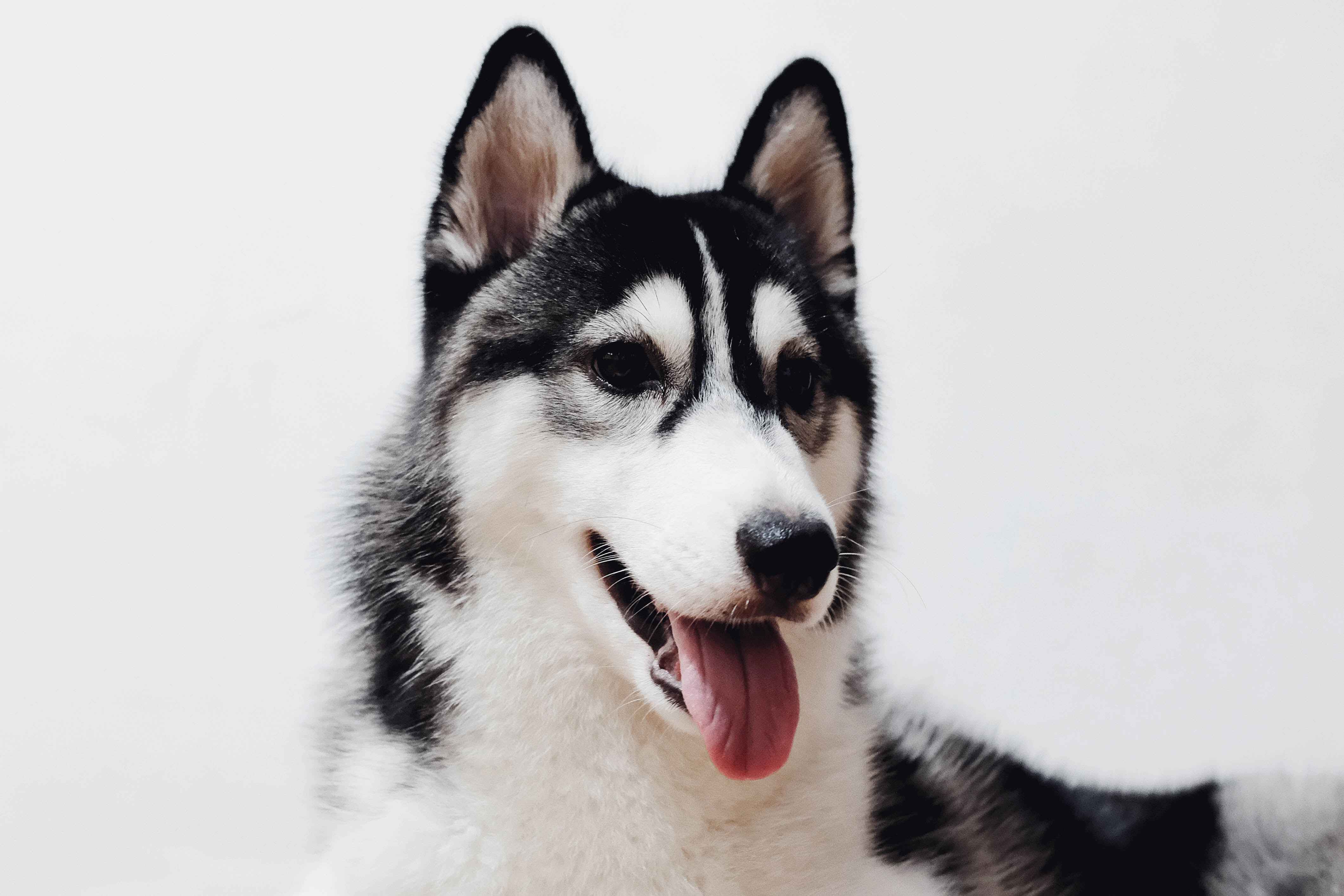
.jpg)